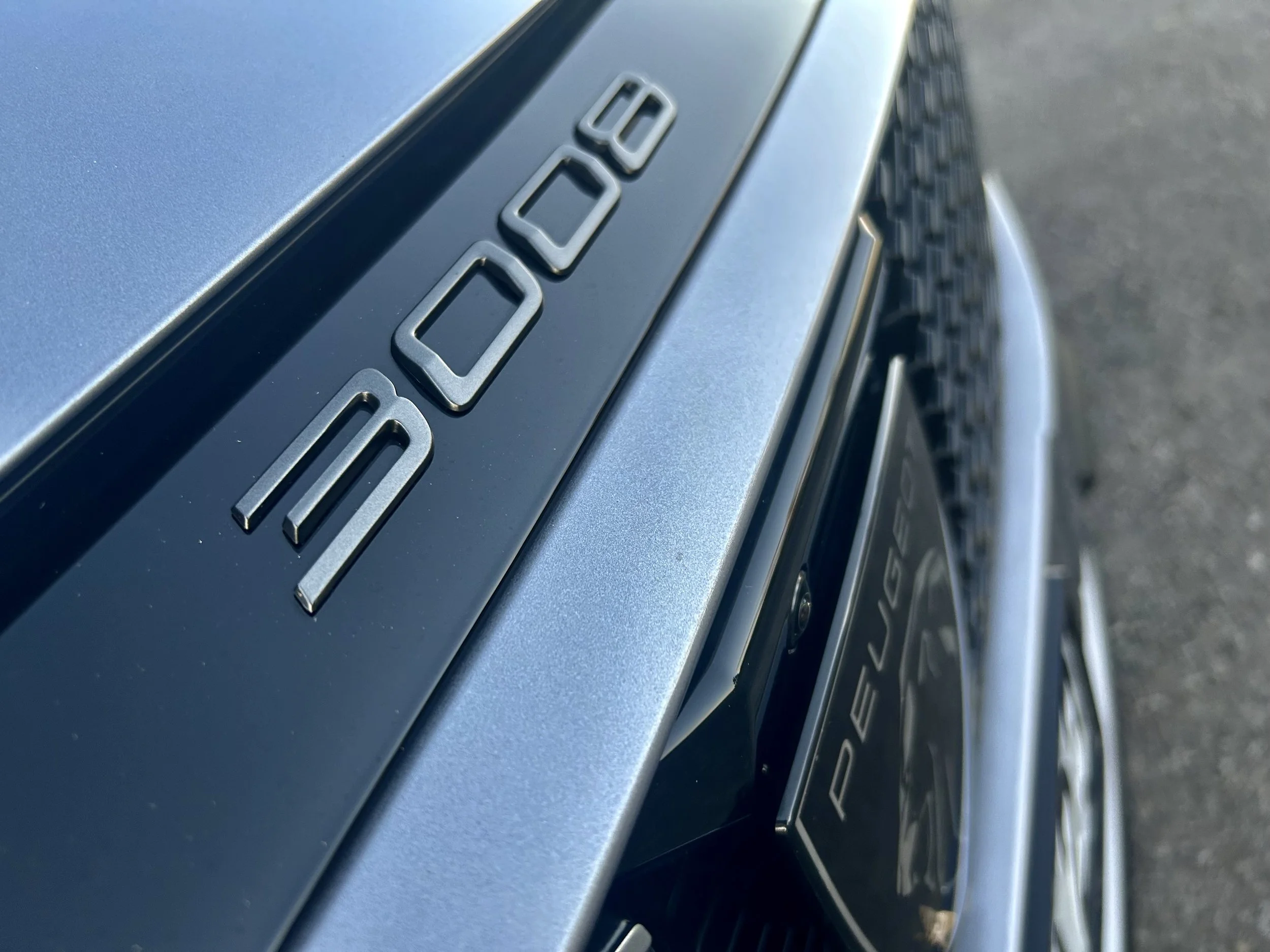New electric, existing ICE for Cayenne
/The fourth generation of Porsche’s largest model is out next year - to sell alongside the current car.
ELECTRIC is coming to Porsche’s largest and most fuel hungry vehicle - but internal combustion is also staying.
Updated editions of the current hydrocarbon-addicted types will remain on sale alongside next year’s new battery-wed fourth generation Cayenne sports utility for years yet.
Announcement from Germany about the dual programme has come with assurance that the zero-emission editions of its largest product, out next year, will “set standards as an electric SUV.”
However, the brand also makes clear it will not put the current fossil fuel versions of its biggest and now core car, asserting that it will continue its development of petrol- and hybrid-powered models “up to and beyond 2030.”
In particular, the company says it will focus on developing the twin-turbocharged V8 engine that powers every Cayenne apart from the basic 3.0-litre V6, in the hope of ensuring the engine “is ready to comply with future legislative requirements.”
Porsche is comfortable keeping the third-generation Cayenne alongside the new electric. It says it will continue developing the existing Cayenne with improvements in on-board tech, design, performance and efficiency all on the cards.
Porsche also says it’s going to introduce “extensive technical measures” to achieve that aim, although it hasn’t shed any light on what those measures may be.
Porsche has sent out images of the new electric car in testing, but is still giving out little technical information, save for confirming this week it will use a “comprehensive further development” of the Premium Platform Electric (PPE) architecture that underpins the new electric Macan soon to arrive here in four editions.
That provision includes Cayenne taking the same 800-volt electrical systems. Commentators say it is certain the new model will go heavy on new technology in the chassis, powertrain and on-board interfaces.
“The flexibility of the PPE architecture allows us to integrate the latest technology in the fields of high-voltage systems, powertrain and chassis,” said Michael Steiner, member of Porsche’s executive board for research and development.
“We are going to utilise the potential of electrification to take the Cayenne to a completely new level in a number of ways - for instance, in driving performance.”
Testing of the camouflaged prototypes seen here is well under way, following an “extended phase” of digital development and test drives at Porsche’s Weissach proving grounds.
The real world phase of testing requires prototype models to complete “several million test kilometres” on- and off-road before they go on sale.
“This is one of the most important milestones of the development process,” said Michael Schätzle, vice-president for the Cayenne product line.
“In this way, we ensure the durability and reliability of the hardware, the software and all the car’s functions in accordance with our high quality standards.”
“The Cayenne has always defined the sports car in its segment,” said Porsche chief executive officer Oliver Blume.
“In the middle of the decade, the fourth generation will set standards in the segment as an electric SUV. At the same time, into the next decade our customers will still be able to choose from a wide range of powerful and efficient combustion and hybrid models.”



















